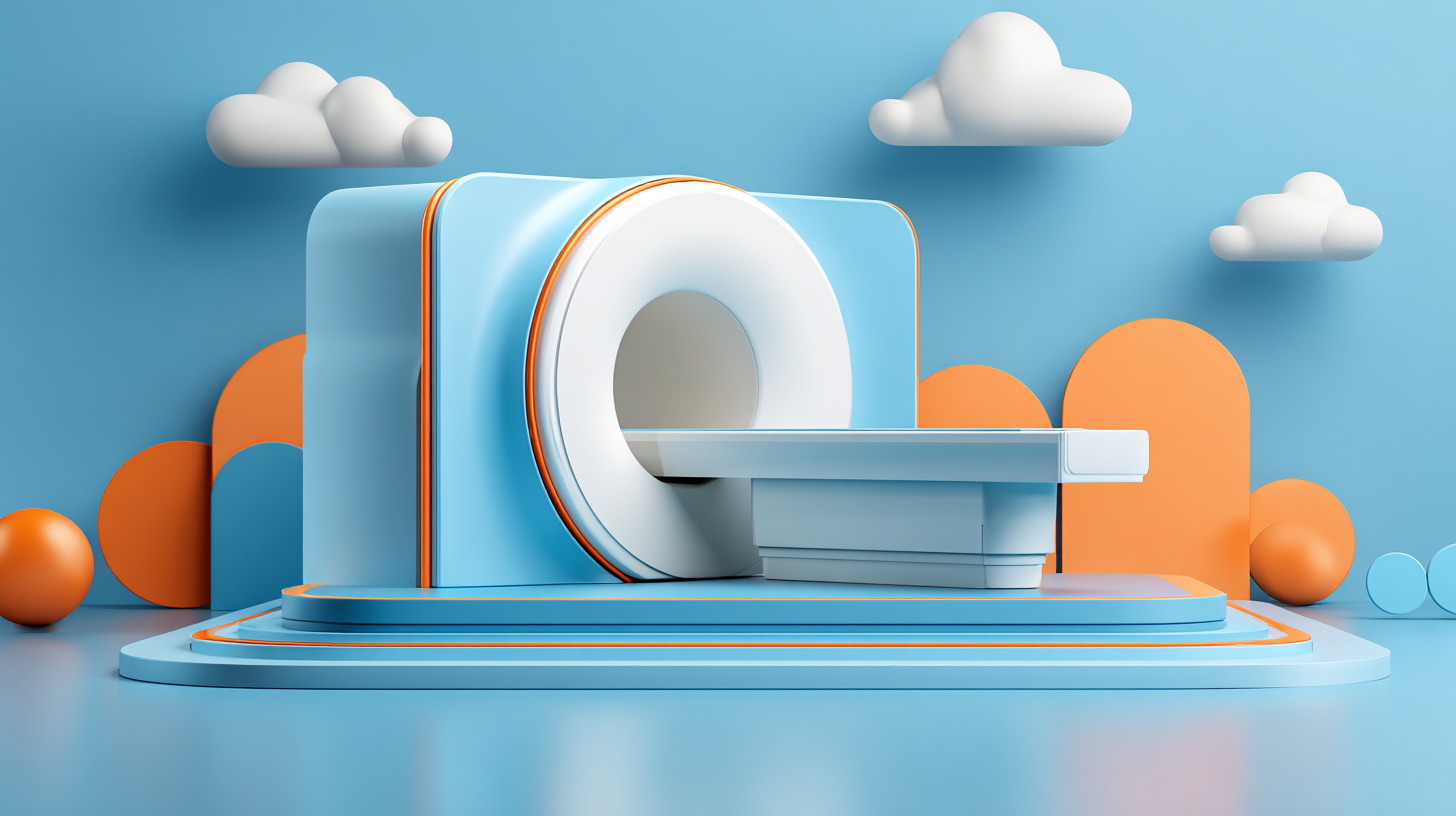The global nuclear medicine equipment market is on an impressive upward trajectory, poised to grow from USD 2.6 billion in 2025 to an estimated USD 3.9 billion by 2035. This growth reflects the increasing prevalence of chronic diseases and advancements in nuclear imaging technologies. Healthcare professionals, investors, and market analysts must understand the dynamics driving this market and the challenges faced by stakeholders.
The Significance of Nuclear Medicine in Chronic Disease Diagnosis
As chronic diseases continue to rise globally, the importance of effective diagnostic tools increases correspondingly. Tools such as diagnostic imaging, particularly nuclear imaging techniques, play a critical role in identifying these diseases early, allowing for timely and effective interventions. For example, the use of radiopharmaceuticals in nuclear medicine facilitates precise imaging of various organs and tissues, significantly enhancing clinical decision-making.
Regional Insights: North America, Asia-Pacific, and Europe
The nuclear medicine equipment market displays unique characteristics across different regions. In North America, the high adoption rate of advanced imaging technologies fosters a robust market environment. Conversely, in Asia-Pacific and Europe, while growth rates are accelerating, markets face challenges such as limited reimbursement frameworks and high equipment costs.
- North America: Characterized by significant investments in healthcare infrastructure and advanced diagnostic technology.
- Asia-Pacific: Shows rapid growth, particularly in countries like China and India, but grapples with challenges related to reimbursement and training.
- Europe: Balances between mature markets and rising demand in Eastern European countries.
Key Challenges in the Nuclear Medicine Equipment Market
Despite promising growth prospects, several challenges hinder the nuclear medicine equipment market’s full potential. Addressing these challenges effectively is vital for stakeholders.
High Equipment Costs
The cost of nuclear medicine equipment remains a significant barrier for healthcare facilities, particularly in developing countries. For example, advanced machines required for SPECT scans can be prohibitively expensive, leading to limited availability.
Limited Reimbursement in Developing Countries
In many developing nations, reimbursement for nuclear medicine services is often inadequate. As a result, healthcare providers may hesitate to invest in necessary equipment or embrace nuclear medicine practices.
Short Half-Life of Radiopharmaceuticals
Radiopharmaceuticals, utilized in various nuclear imaging techniques, have a short half-life, complicating their use and distribution. This limitation necessitates efficient logistics and management systems to ensure their availability when needed.
Limited Training in Molecular Imaging
Another significant challenge is the shortage of trained professionals skilled in molecular imaging techniques. Many clinicians lack the necessary training to utilize advanced imaging technology effectively, which can undermine the potential benefits of nuclear medicine.
Solutions and Opportunities in the Nuclear Medicine Sector
To navigate these challenges, stakeholders in the nuclear medicine sector must focus on innovative solutions and capitalize on emerging opportunities.
Cost Reduction Strategies
Investing in technology that enhances efficiency and cost-effectiveness at the production level can help reduce overall equipment costs. For instance, adopting modular construction techniques for imaging solutions can also lower initial investment requirements.
Enhancing Reimbursement Protocols
Advocating for improved policies and reimbursement frameworks is crucial. Stakeholders should work together to highlight the value of nuclear medicine in diagnosing and treating chronic conditions, which can lead to broader coverage and increased adoption.
Training and Development Initiatives
To address the skills gap, healthcare institutions can implement comprehensive training programs. Collaborations with educational institutions for formal training in molecular imaging can equip clinicians with the requisite knowledge and skills to utilize these technologies effectively.
Technological Advancements Shaping the Future
The future of the nuclear medicine equipment market looks promising due to several technological advancements. Emerging technologies such as AI and machine learning are beginning to impact diagnostic imaging significantly.
AI in Imaging
Incorporating AI can enhance diagnostic accuracy and improve patient outcomes. AI algorithms can assist in interpreting imaging data more efficiently, providing radiologists with invaluable tools that reduce the likelihood of errors and omissions.
Integration with Telemedicine
As telemedicine continues to evolve, integrating nuclear medicine with telehealth platforms can foster greater accessibility. This integration allows for remote consultations and results interpretation, expanding the reach of nuclear imaging services.
The Path Ahead: Recommendations for Stakeholders
Healthcare professionals, investors, and market analysts should consider the following recommendations to navigate the nuclear medicine landscape effectively:
- Stay Informed: Keep abreast of market trends, technological advancements, and regulatory changes that may affect the nuclear medicine equipment market.
- Invest in Training: Prioritize investment in training initiatives to maximize the benefits of advanced nuclear imaging technologies.
- Advocate for Policy Changes: Collaborate with industry groups to lobby for better reimbursement rates and favorable policies for nuclear medicine services.
- Explore Strategic Partnerships: Form alliances with technology developers, educational institutions, and other healthcare stakeholders to drive innovation and improve service delivery.
Conclusion
In summary, the nuclear medicine equipment market is set for considerable expansion, driven primarily by rising chronic diseases and technological advancements in diagnostic imaging. Addressing key challenges and leveraging opportunities will be crucial for stakeholders looking to thrive in this dynamic landscape. By understanding market dynamics and embracing innovative solutions, healthcare professionals and investors can position themselves effectively for future developments. Explore more insights on the nuclear medicine market to stay ahead in this evolving field.





